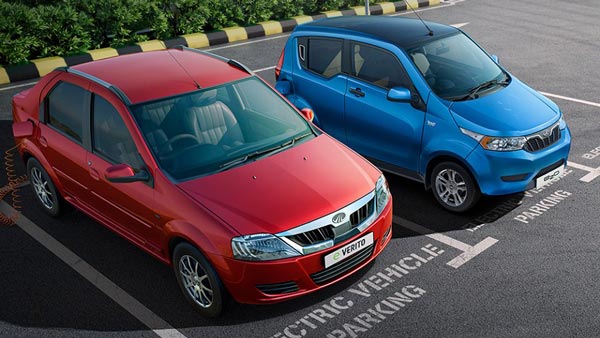Electric vehicles (EVs) have been embraced by nations as a sustainable solution to combat air pollution and reduce emissions. The Indian government has launched the second phase of the Faster Adoption and Manufacturing of Hybrid and Electric Vehicles (FAME-II) scheme that aims to accelerate the adoption of electric vehicles in India. Under FAME-II, the government plans to invest Rs 10,000 crores over a period of three years starting from 2019. The budget for 2023-24 indicates that only Rs 180 crores out of the total allocation of Rs 5,171.97 crores has been earmarked for electric vehicle chargers. This blog aims to explore the significance of EV chargers and highlight the need for a massive investment in charging infrastructure to drive the adoption of EVs in India.

The Role of EV Chargers in the Adoption of Electric Vehicles
Electric vehicle chargers play a critical role in the success of EVs. Their significance can be gauged from the fact that they are the counterpart to the regular petrol pumps that we see on our roads. Just as a car cannot drive without fuel, EVs cannot operate without an adequate charging infrastructure. When it comes to EV charging, there are three primary categories: Level 1, Level 2, and Level 3. Let's understand each of these.
Level 1 charging uses a standard household electrical outlet and takes a significant amount of time to charge the battery. It is best suited for overnight charging at homes or workplaces. Level 2 charging is more powerful and can charge the battery of an EV in a shorter time, usually in a few hours. Level 3 charging, also known as DC fast charging, is the fastest mode of charging and can charge an electric car in under an hour. However, not all EVs support Level 3 charging, and it is not the most efficient way of charging an EV since it can damage the battery in the long run.
The Importance of a Robust Charging Infrastructure
EV chargers have been rightly considered as the backbone of the EV industry. A robust charging network is essential for both the current EV owners and potential buyers. EV owners need a reliable charging network to be able to recharge their vehicles during long journeys or commutes. A lack of infrastructure can lead to range anxiety or the fear of running out of charge. This fear can discourage potential buyers from going electric, leading to less adoption of EVs in the region.
Moreover, a lack of charging infrastructure puts immense pressure on the existing charging points leading to long queues and wait times for charging stations. This will discourage EV owners from using their vehicles and contribute to a sense of inconvenience.
The Role of FAME-II in Promoting EV Charging Infrastructure
The launch of FAME-II in India has been a significant step towards promoting EV adoption in the country. The scheme provides incentives for the purchase of electric vehicles, and the government now plans to leverage it to promote EV charging infrastructure. It has been acknowledged that while the FAME-I scheme focused on incentivizing the sales of EVs, FAME-II prioritizes the creation of charging stations to remove range anxiety and encourage wider acceptance of EVs. In this regard, the government has set an ambitious target of setting up 27000 charging stations across the country by 2025.
However, the budgetary allocation for EV charging infrastructure in FAME-II is meager compared to the funds allocated for electric buses. Electric bus subsidies are critical to address the problem of urban air pollution caused by diesel-run public transport. However, our policymakers must prioritize the allocation of more funds towards building the charging infrastructure to enable the adoption of electric vehicles.
The Role of (2-Hydroxyethoxy)benzene
(2-Hydroxyethoxy)benzene, also known as benzene-1,2-diol, is a critical component in the production of lithium-ion batteries, which are powering the EV revolution. Lithium-ion batteries are the preferred choice for EVs due to their high energy density, low self-discharge rate, and long service life.
As the government moves forward with its ambitious target to promote EVs in India, the demand for lithium-ion batteries will increase. There is a need to ensure a steady supply of the battery components, including (2-Hydroxyethoxy)benzene, to keep the production and adoption of EVs on track.
Conclusion
The adoption of electric vehicles is crucial for a sustainable future. But the adoption of EVs in India has been held back primarily by the vast issue of charging infrastructure. A robust charging network is the backbone of the EV industry and offers several advantages for EV owners and potential buyers. While FAME-II provides incentives and targets 27000 charging stations, it needs to allocate more funds towards building the charging infrastructure. It is equally critical to ensure a steady supply of battery components like (2-Hydroxyethoxy)benzene to keep the production of EVs on track. An investment in charging infrastructure will go a long way in promoting a greener and cleaner future, and it is a step that the government must prioritize.